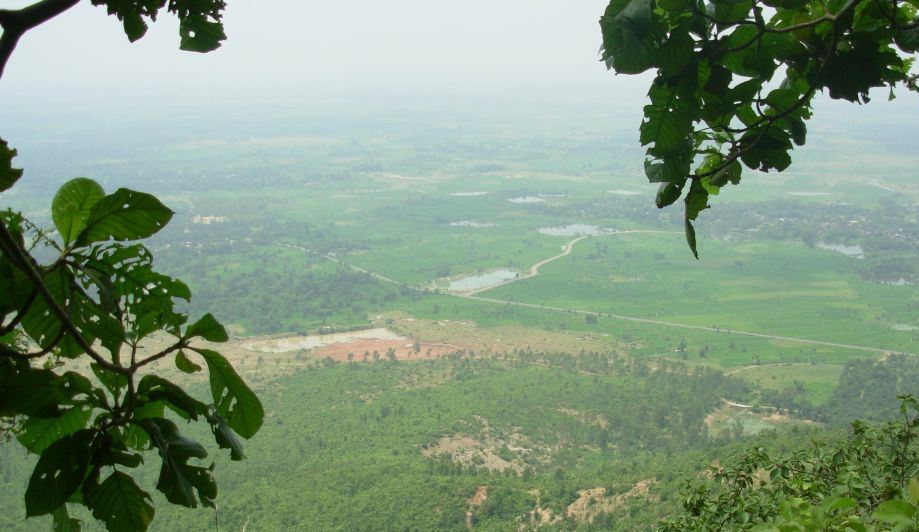The West Bengal Forest Department has taken a slew of measures to conserve rare trees in Kankrajhore forest and Susuniha hills. It has declared these areas as ‘medicinal plant conservation area’.
Conservation experts would be engaged to ascertain the cause of extinction of many trees, which were earlier found in the forests of Kankrajhore in Belpahari of West Midnapore district and Susunia hills in Bankura district.
Many rare species of trees are lost and not found now as the forest cover has depleted. Now, the Forest department is planning to make a detail survey to find out the cause of the loss.
The National Medicinal Plant Board experts would be involved in an extensive research. They would also study if factors like climate change, scarcity of water and tourism are responsible for extinction of rare trees.
They would make a survey on how many types of trees exist in two areas and if any rare species still exist. They would also study on which species of trees are extinct.
They will study whether ecological changes are resulting in loss of trees. Landslide and lack of drainage system will also be studied. The capacity of absorbing rate of carbon dioxide of the trees will be thoroughly studied. The trees which have maximum absorbing capacity of carbon dioxide would be planted in more number
Two forests were chosen for the study. The forests in Kankrajhore and Susunia hills are natural forests . It has been noticed that many valuable trees are not found here. The frequent movement of people in the forest areas and felling of tress in unscientific manner may be the causes of loss of trees. A change in the character of the soil might have contributed to this. These forests are declared as conserved forest area.
The two forests are named as Medicinal Plant Conservation Area and the forest department assigned to two universities for research. While scientists from the Jadavpur University would work in Kankrajhore, North Bengal University would conduct their research at Sushunia.

